Forage harvesters leasing
116
for sale
356





See all photos (20)


TOP
New Holland FR9060
Forage harvester
Netherlands, Industriestraat 23, 5961 PH, Horst, The Netherlands
Published: 4dReference number 25050-30
Ask for price
Used
Netherlands, Industriestraat 23, 5961 PH, Horst, The Netherlands
Contact the seller





See all photos (20)


TOP
John Deere 7180
Forage harvester
Netherlands, Industriestraat 23, 5961 PH, Horst, The Netherlands
Published: 4dReference number 25098-30
Ask for price
Used
Netherlands, Industriestraat 23, 5961 PH, Horst, The Netherlands
Contact the seller
Claas Jaguar 940
Forage harvester
4842 h
Netherlands, Industriestraat 23, 5961 PH, Horst, The Netherlands
Published: 20hr 21minReference number 24060-30
Ask for price
4842 h
Used
Netherlands, Industriestraat 23, 5961 PH, Horst, The Netherlands
Contact the seller





See all photos (9)
Claas Jaguar 970
Forage harvester
20184860 h
Italy, Italien, Leno (BS), Brescia
Published: 22hr 24minReference number SRA11837
Ask for price
20184860 h
Used
Italy, Italien, Leno (BS), Brescia
Contact the seller





See all photos (29)
Claas Jaguar 990
Forage harvester
20211800 h
Italy, Italien, Leno (BS), Brescia
Published: 22hr 24min
Ask for price
20211800 h
Used
Italy, Italien, Leno (BS), Brescia
Contact the seller





See all photos (9)
Claas Jaguar 970
Forage harvester
20184270 h
Italy, Italien, Leno (BS), Brescia
Published: 22hr 24minReference number SRA11836
Ask for price
20184270 h
Used
Italy, Italien, Leno (BS), Brescia
Contact the seller





See all photos (12)
Claas Jaguar 950 4WD + Kemper 375 Plus
Forage harvester
20182900 h585 hp
Poland, Polen, Witobel, wielkopolskie
Published: 1d
260 000EUR
- ≈ 306 459 USD
- ≈ 226 138 GBP
20182900 h585 hp
Used
Poland, Polen, Witobel, wielkopolskie
Contact the seller

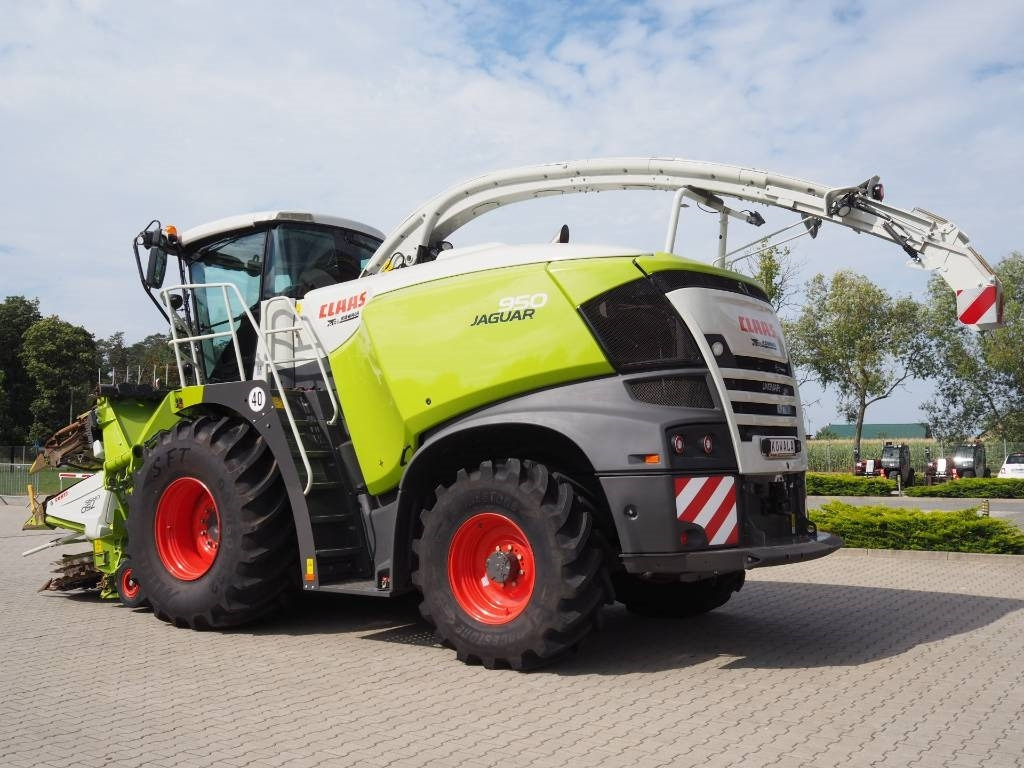



See all photos (12)
Claas Jaguar 950 4WD + Orbis 750
Forage harvester
20182900 h585 hp
Poland, Witobel, wielkopolskie, Polen
Published: 1d
220 000EUR
- ≈ 259 311 USD
- ≈ 191 347 GBP
20182900 h585 hp
Used
Poland, Witobel, wielkopolskie, Polen
Contact the seller

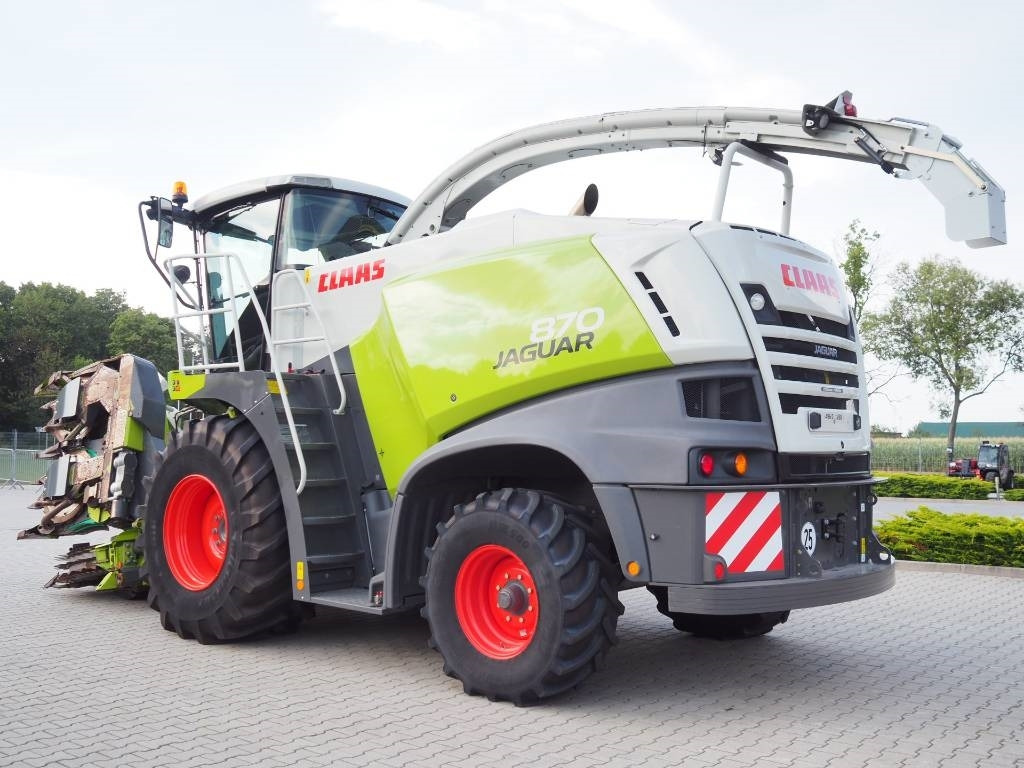
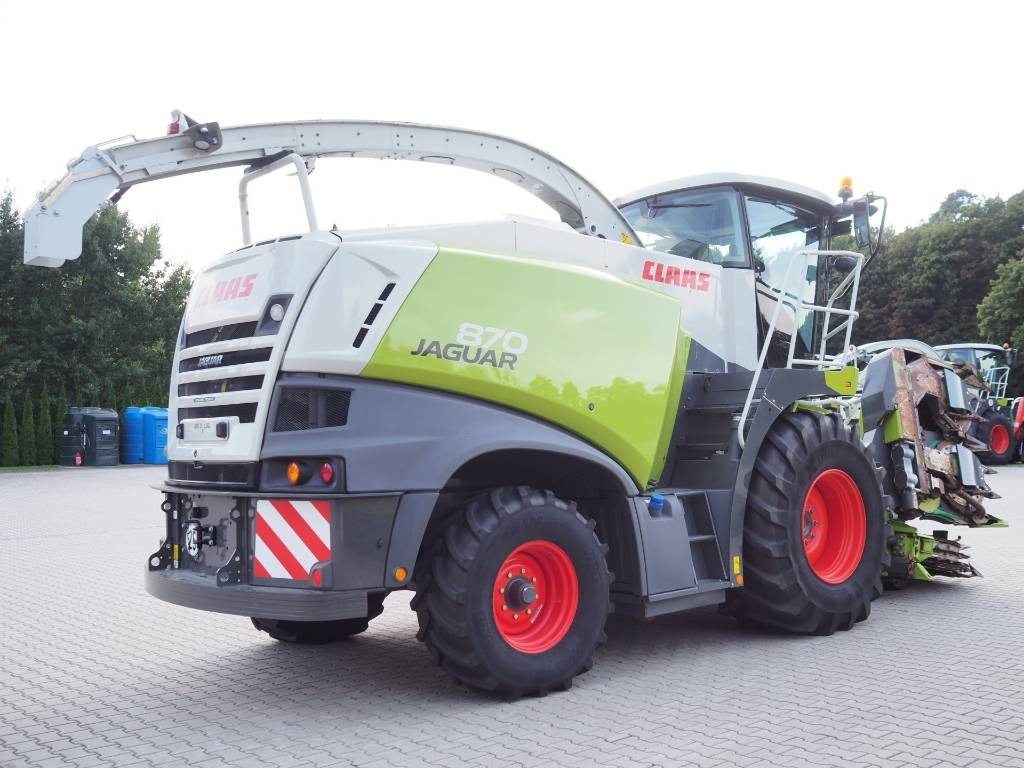


See all photos (12)
Claas Jaguar 870 + Orbis 600 SD
Forage harvester
20163206 h598 hp
Poland, Witobel, wielkopolskie, Polen
Published: 1d
158 000EUR
- ≈ 186 233 USD
- ≈ 137 422 GBP
20163206 h598 hp
Used
Poland, Witobel, wielkopolskie, Polen
Contact the seller




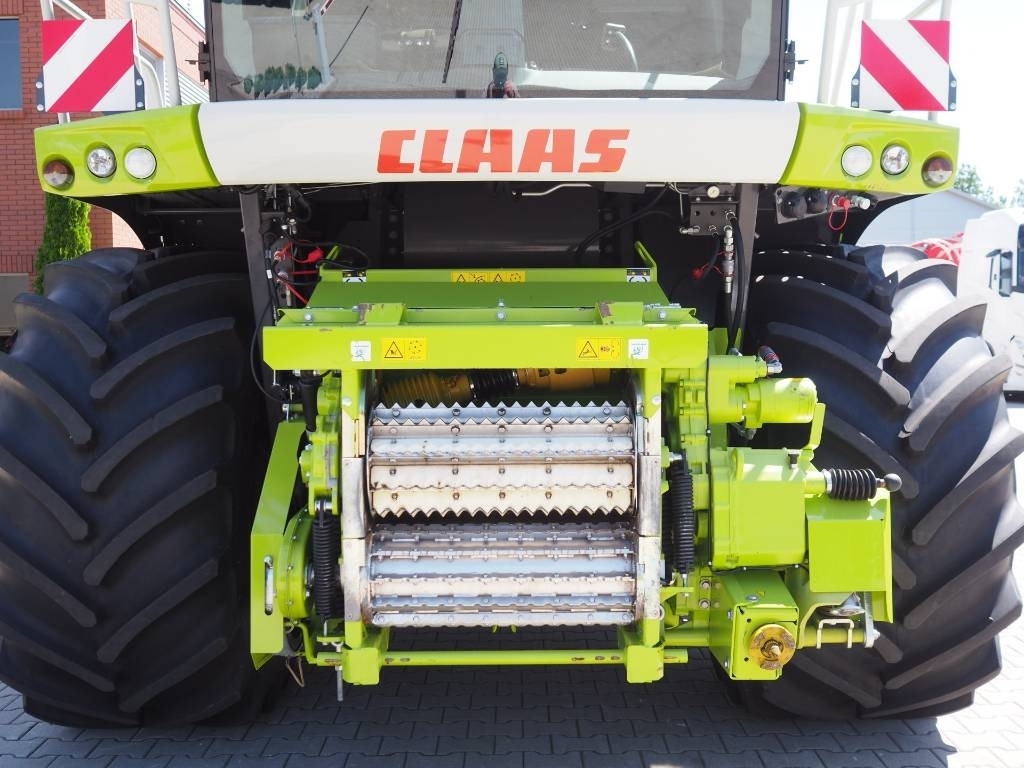
See all photos (12)
Claas Jaguar 860 4WD
Forage harvester
2022750 h522 hp
Poland, Polen, Witobel, wielkopolskie
Published: 1d
225 000EUR
- ≈ 265 205 USD
- ≈ 195 696 GBP
2022750 h522 hp
Used
Poland, Polen, Witobel, wielkopolskie
Contact the seller
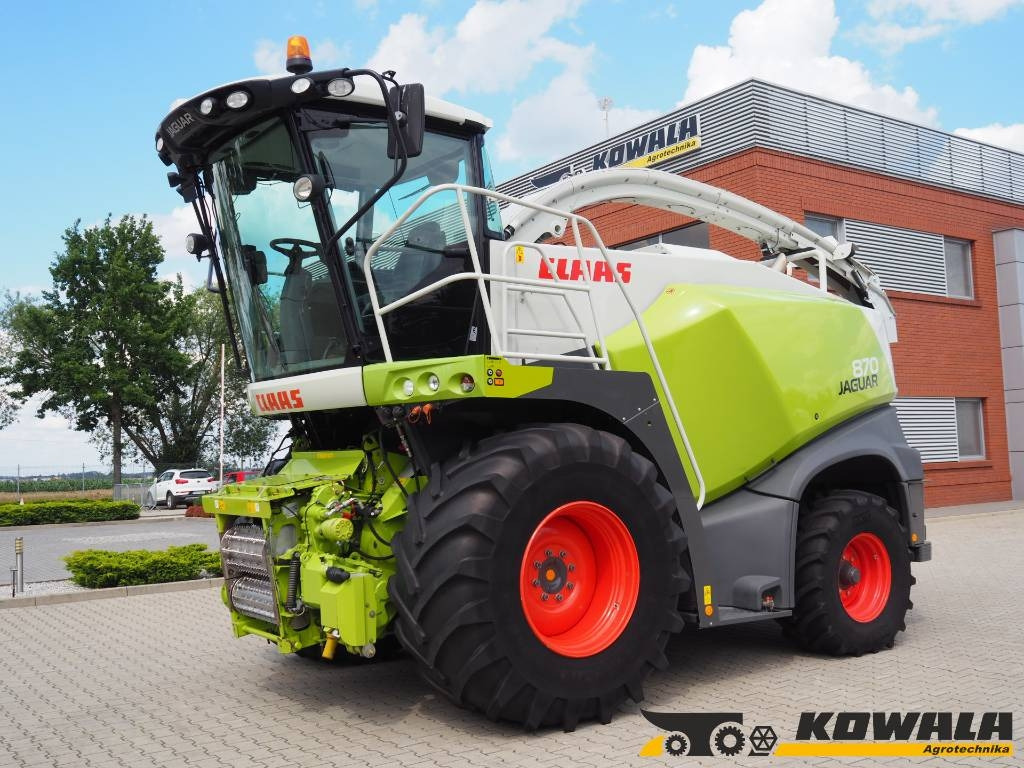




See all photos (12)
Claas Jaguar 870
Forage harvester
20163206 h
Poland, Witobel, wielkopolskie, Polen
Published: 1d
135 000EUR
- ≈ 159 123 USD
- ≈ 117 418 GBP
20163206 h
Used
Poland, Witobel, wielkopolskie, Polen
Contact the seller


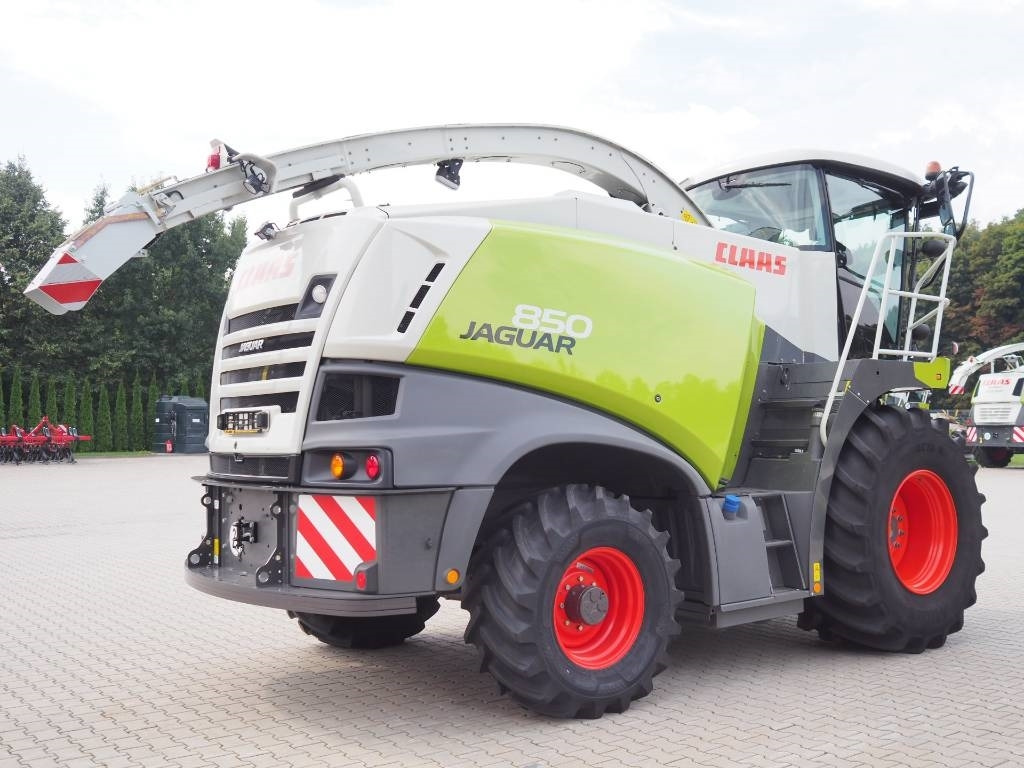

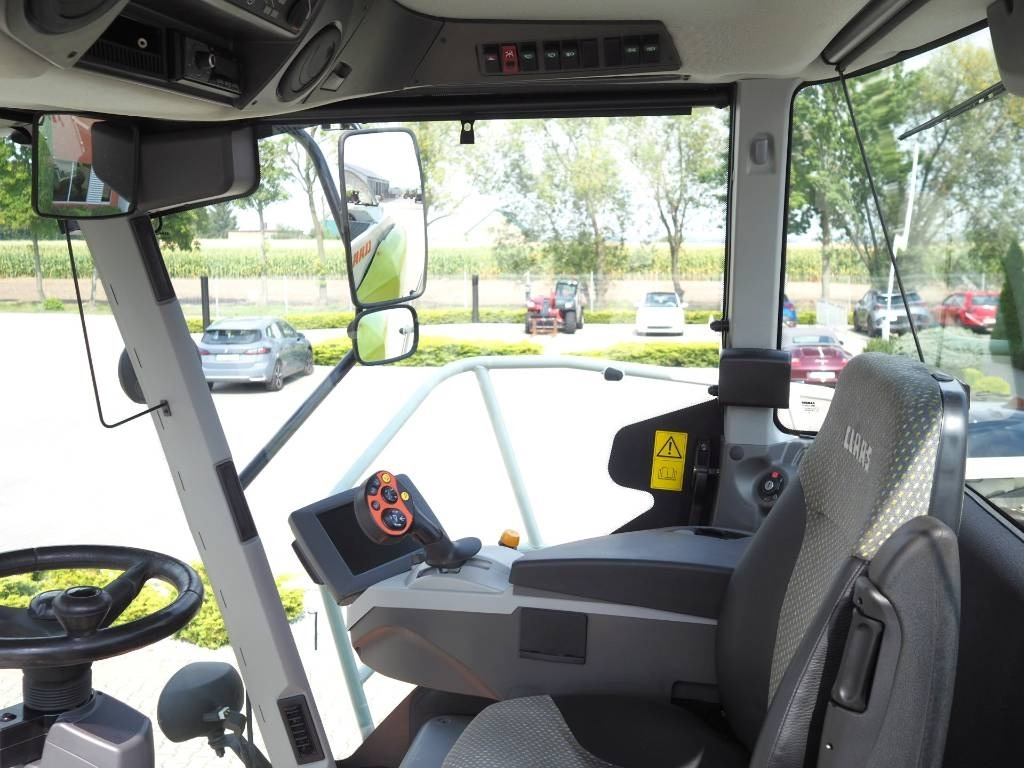
See all photos (12)
Claas Jaguar 850 4WD
Forage harvester
20173262 h455 hp
Poland, Witobel, wielkopolskie, Polen
Published: 1d
129 000EUR
- ≈ 152 051 USD
- ≈ 112 199 GBP
20173262 h455 hp
Used
Poland, Witobel, wielkopolskie, Polen
Contact the seller





See all photos (12)
Claas Jaguar 880
Forage harvester
1999
Poland, Wczasowa 41 89-511 Cekcyn Poland
Published: 2d
22 299EUR
Price excl. VAT
- ≈ 26 283 USD
- ≈ 19 394 GBP
1999
Used
Poland, Wczasowa 41 89-511 Cekcyn Poland
Contact the seller
CLAAS Jaguar 850 Speedstar
Forage harvester
20073266 h303 hp
Germany, Rudolf-Diesel-Str. 16 in 28876 Oyten
Published: 2dReference number 75808-429247010348
Ask for price
20073266 h303 hp
Used
Germany, Rudolf-Diesel-Str. 16 in 28876 Oyten
Contact the seller





See all photos (20)
New Holland FR9050
Forage harvester
20084208 h500 hp
Netherlands, De Vlonder 141 5427 DD Boekel (Region: Noord-Brabant), the Netherlands
Published: 4dReference number 217431
89 500EUR
Price excl. VAT
- ≈ 105 492 USD
- ≈ 77 843 GBP
20084208 h500 hp
Used
Netherlands, De Vlonder 141 5427 DD Boekel (Region: Noord-Brabant), the Netherlands
Contact the seller





See all photos (20)
Pottinger SW102 Opraapwagen
Forage harvester
Netherlands, De Vlonder 141 5427 DD Boekel (Region: Noord-Brabant), the Netherlands
Published: 4dReference number 217637
2 750EUR
Price excl. VAT
- ≈ 3 241 USD
- ≈ 2 391 GBP
Used
Netherlands, De Vlonder 141 5427 DD Boekel (Region: Noord-Brabant), the Netherlands
Contact the seller





See all photos (32)
New Holland FR 650
Forage harvester
20221700 h
Italy, Italien, Leno (BS), Brescia
Published: 4dReference number SRA22946
Ask for price
20221700 h
Used
Italy, Italien, Leno (BS), Brescia
Contact the seller





See all photos (15)
John Deere 8800
Forage harvester
20161800 h
Italy, Italien, Montebello Vicentino (VI), Vicenza
Published: 4d
Ask for price
20161800 h
Used
Italy, Italien, Montebello Vicentino (VI), Vicenza
Contact the seller





See all photos (10)
Krone Big X 800
Forage harvester
20083185 h
Italy, Spello (PG), Perugia, Italien
Published: 4dReference number PERUGIA
Ask for price
20083185 h
Used
Italy, Spello (PG), Perugia, Italien
Contact the seller





See all photos (23)
Claas Jaguar 960
Forage harvester
20126431 h631 hp
Italy, Leno (BS), Brescia, Italien
Published: 4dReference number SRA05396
Ask for price
20126431 h631 hp
Used
Italy, Leno (BS), Brescia, Italien
Contact the seller





See all photos (12)
KRONE BIG X 850
Forage harvester
20085524 h
Italy, Via Brescia 60 Leno (BS) Cap 25024
Published: 4dReference number SRA23072
Ask for price
20085524 h
Used
Italy, Via Brescia 60 Leno (BS) Cap 25024
Contact the seller





See all photos (20)
New Holland FR700 Forage Harvester 10 Row header
Forage harvester
20133668 h685 hp
Netherlands, De Vlonder 141 5427 DD Boekel (Region: Noord-Brabant), the Netherlands
Published: 4dReference number 216796
127 000EUR
Price excl. VAT
- ≈ 149 693 USD
- ≈ 110 459 GBP
20133668 h685 hp
Used
Netherlands, De Vlonder 141 5427 DD Boekel (Region: Noord-Brabant), the Netherlands
Contact the seller
T1 new listing page - Forage harvesters leasing

